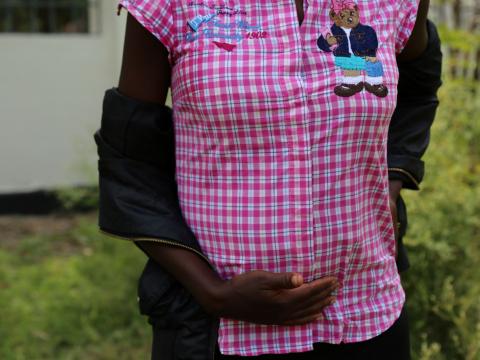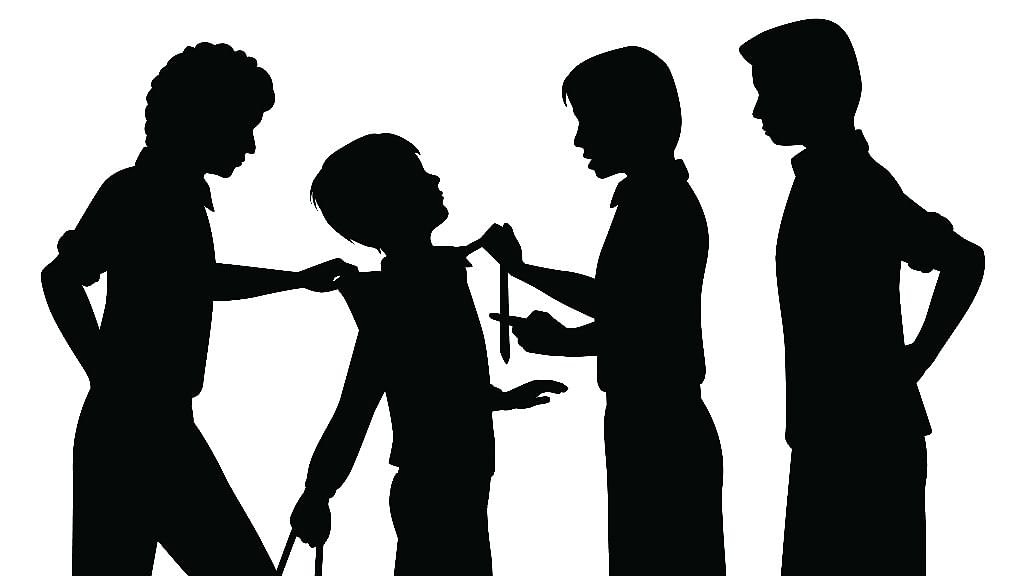7 breastfeeding problems and how to cope

The WHO recommends exclusive breastfeeding for the first 6 months of a baby’s life. This can, however, be a challenge for nursing mothers who experience difficulty while doing so. Here are some of the common problems experienced and howto cope with them.
Leaking
This happens to new moms especially when milk production levels are still being established. Leaking is harmless but most new moms are embarrassed about it.
Leaking can be avoided by not missing breastfeeding. You can also place disposable nursing pads (avoid those with plastic liners) in the cups of your bra to absorb wetness and prevent leaking.
In case you are not in a position to nurse your baby when the leaking is happening, gently press your breasts by crossing your arms and squeezing them against your breasts towards your chest.
Breast engorgement or breast fullness
A few days after birth, your breasts look full as the milk and blood in the breast slowly build up. Your breast may feel hard, swollen or painful and your nipples may not stick out enough for your baby to latch on. When your baby doesn’t nurse long enough, your breasts become overfilled with milk.
To avoid engorgement, try nursing often, at least 8 times a day for 15 minutes each from both breasts and you can always express milk manually or with a pump. You can also learn to relax and find a comfortable position to breastfeed in and reduce any distractions.
Performing gentle massages and applying heat to your breasts can reduce the fullness. You can also alternate between taking warm showers and using cold compresses to ease the discomfort.
Nipple confusion
Your baby may become confused by your breast when you introduce them to a pacifier or bottle in the early weeks of breastfeeding. This may cause the baby to latch on your breast incorrectly or reject it completely.
The baby may not get enough milk and your breasts can become engorged from not emptying.
Avoid using a pacifier or bottle until you first establish your nursing routine. Contact a lactation consultant for advice if the nipple confusion goes on for long.
Cracked or sore nipples
Breast tenderness and nipple soreness often happen in the first weeks of breastfeeding. This may be due to poor feeding techniques, the skin being too dry or too moist and the wrong positioning of your baby when breastfeeding.
Position your baby such that his nose and mouth face your nipple so that he can latch on properly. The proper position will have your nipples at the back of his mouth away from the pressure of the tongue and gums or teeth if he is teething.
You can also let him start feeding on the breast with less pain and apply some fresh milk to your nipples at the end of the breastfeeding to soothe them.
Thrush
This is a yeast infection and can be passed between the mother and the baby during breastfeeding. The yeast thrives in warm, moist areas and occurs during or after antibiotics treatment.
The symptoms include deep-pink nipples which are tender or uncomfortable during and after nursing. The baby may have white patches and increased redness in their mouth, diaper rash, mood changes and also want to suckle more frequently.
Ask your doctor to prescribe anti fungal medicine for the one affected.
Not producing enough milk
A mother’s supply is based on the baby’s demand for milk.
It is rare for a mother to not produce enough milk. This may happen when you introduce infant formula while still breastfeeding.
You should ensure that you frequently breastfeed, have enough rest, maintain good nutrition and drink enough fluids to help maintain a good milk supply.
Breast infection(mastitis)
Mastitis causes aching muscles, fever and a red, hot, tender area on one breast. The breast milk is safe and feeding from the infected breast will help in healing. Wear a comfortable bra between feedings, get enough rest and apply moist, warm compresses to the infected area. This can be treated by taking antibiotics for the infection.
In conclusion…
Breastfeeding is beneficial not just for nourishing your child but also because it provides a bonding opportunity for mother and child. However, breastfeeding is not always pleasant especially for new moms. With the above tips, breastfeeding doesn’t have to be uncomfortable or painful.







